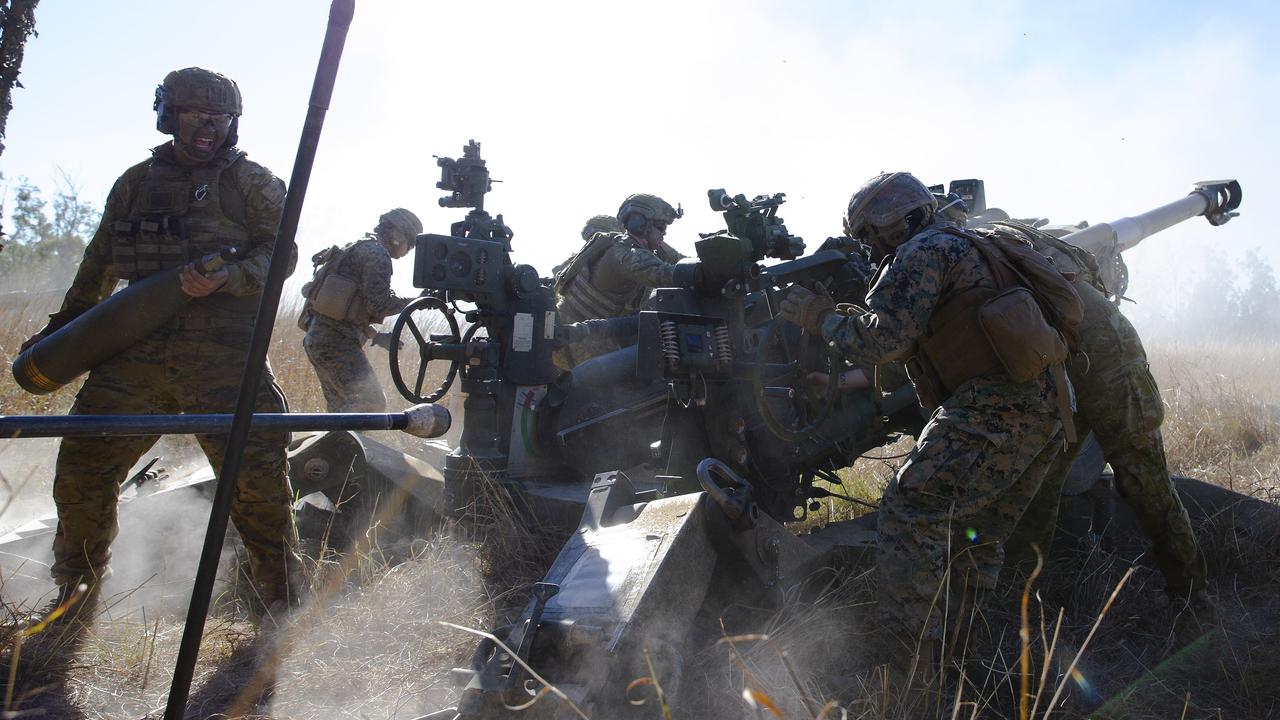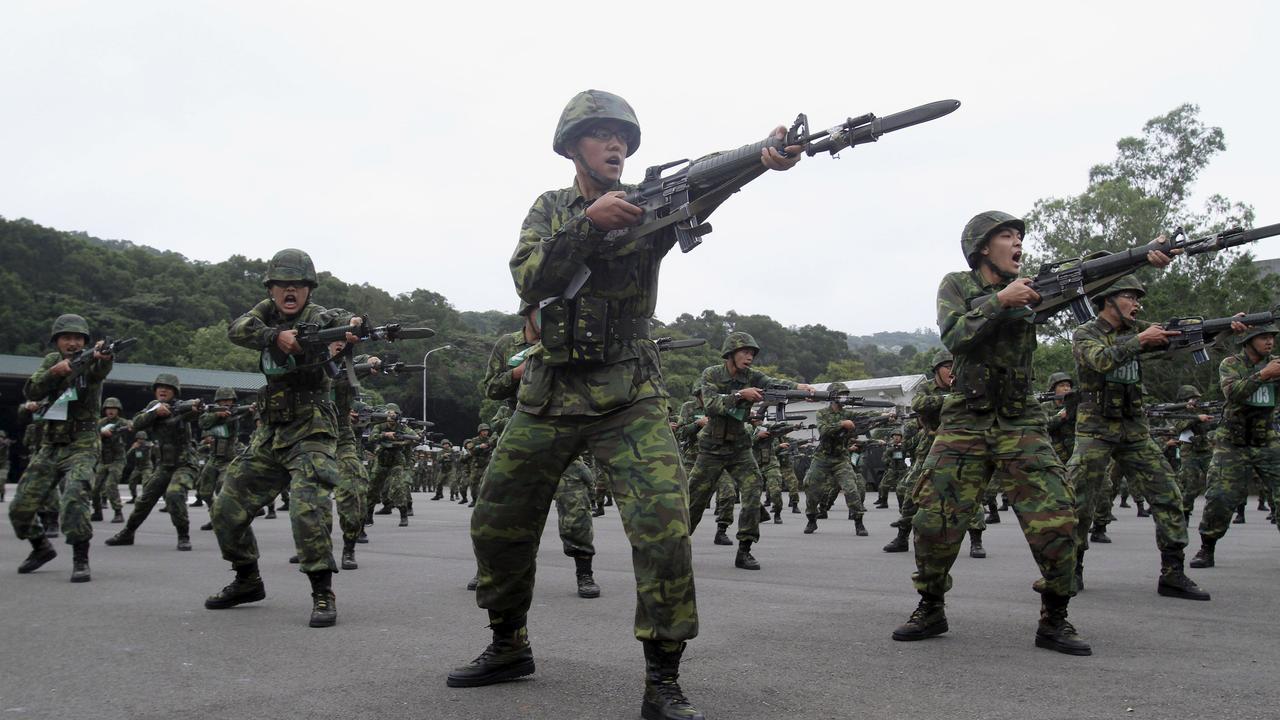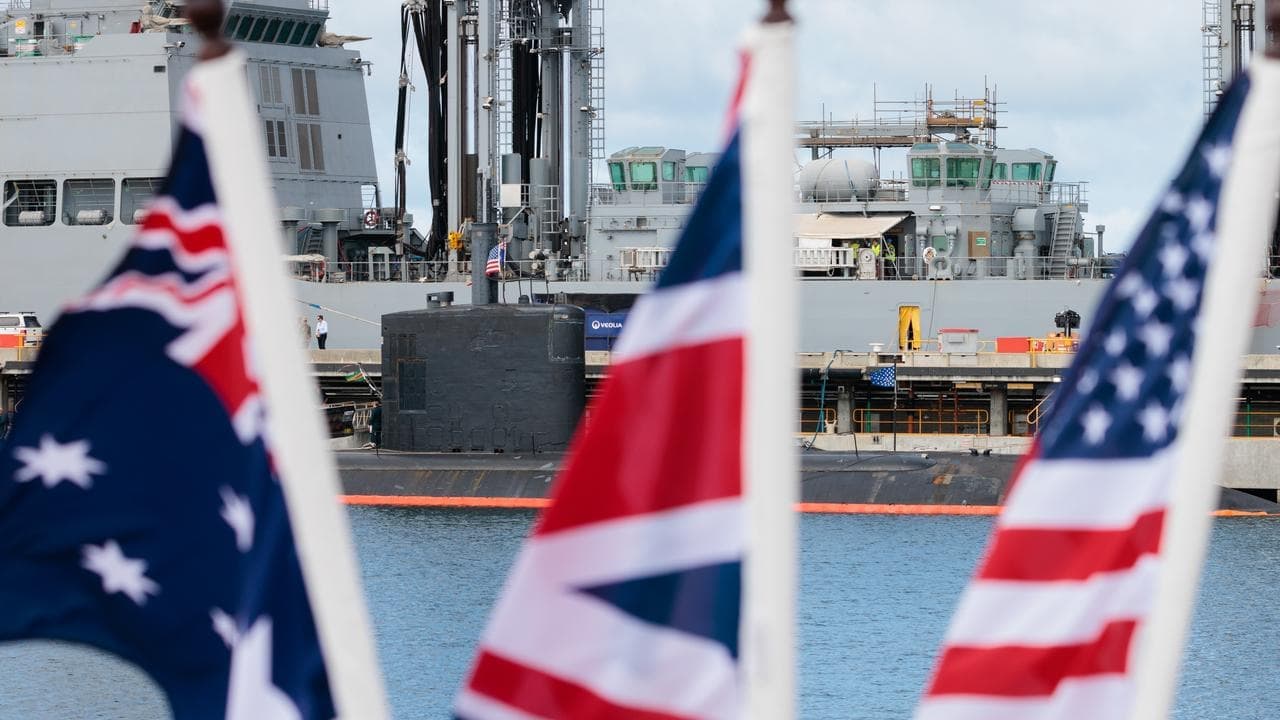WHAT WAS CLAIMED
Australia spends twice what Taiwan spends on defence, despite the two countries having similar-sized economies.
OUR VERDICT
Mixture. The claim is only true when looking at a specific GDP measure, which experts say is problematic.
AAP FACTCHECK - A senator has criticised the government's expenditure on defence, claiming Australia spends twice that of Taiwan, despite having a similar-sized economy.
However, the claim is only correct when a specific measure of a country's economy is used, which experts say is problematic.
Australia's nominal gross domestic product (GDP) is more than double that of Taiwan, which puts Taiwan's defence spending as a proportion of GDP higher than Australia's.
The claim was made, along with several others on defence spending, by NSW Greens Senator David Shoebridge in an X (formerly Twitter) video on April 28.
Drawing a comparison between the military spending of the two countries, he posted: "Compare it to Taiwan, a country with about the same population – and a similar size economy – that faces a vastly larger security threat. We are spending as much as twice what Taiwan spends on military expenditure."

In an earlier post, Senator Shoebridge pointed to the annual review of global military expenditure conducted by the Stockholm International Peace Research Institute (SIPRI) as his source.
The SIPRI findings confirm the senator's claim that Australia did spend roughly twice as much on defence in 2023 – US$32.3 billion compared to US$16.6 billion.
However, the same data puts Taiwan's spending as a percentage of GDP at 2.2 per cent compared to 1.9 per cent for Australia.
GDP is the monetary value of all goods and services produced in a country in a given period. It's a general measure of the health of a nation's economy.
The SIPRI data uses the countries' nominal GDP figures for the calculation. The latest figures have Australia's GDP (US$1.868 trillion) at more than double that of Taiwan's (US$802 billion).
When asked by AAP FactCheck for evidence that the countries had a similar-sized economy, a representative for the senator pointed to data on real GDP (purchasing power parity) produced by the Central Intelligence Agency (CIA).
GDP (purchasing power parity) or GDP (PPP) equalises the purchasing power of different currencies by removing the price levels between two countries.
Based on 2019 figures, the CIA has Taiwan's GDP (PPP) at US$1.143 trillion while a 2022 estimate has Australia at US$1.329 trillion.
The senator's assertion that Australia spends double despite having a similar-sized economy (by this particular measure) is therefore correct.
"PPP essentially takes into accounting buying power in the local economy," Strategic Analysis Australia's head of research Marcus Hellyer told AAP FactCheck.
However, the measure is problematic given that a lot of spending on military hardware is going overseas.
"If you are buying US military equipment you have to pay in US dollars so your local buying power is irrelevant," Mr Hellyer said.
"The other factor to consider is that the Australian and Taiwanese militaries are very different. First, Taiwan has conscription.
"Conscripts aren't paid much. That means it can have a very large military - much larger than Australia's - for a lot less money.
"Taiwan also has over a million reservists, we only have 20,000 - another example of how it can generate a lot of capability for not much money."

Peter Robertson, a professor of economics at the University of Western Australia, said it does not provide a fair reflection of spending commitments to compare GDP using PPP and then defence spending in nominal terms.
He said GDP PPP can be a useful tool to compare economies if used correctly. But if you are then comparing defence spending, this should also be compared by GDP PPP, he said.
Using PPP, the Lowy Institute puts Australia's defence spending for 2022 at US$36.9 billion and Taiwan's at US$30 billion.
Prof Robertson said "the correct GDP" to consider when comparing countries' defence spending is nominal GDP, converted at market exchange rates - which puts Australia's economy at more than twice the size.
This puts the countries' respective military spending at similar levels as a proportion of GDP (Taiwan's 2.2 per cent to Australia's 1.9 per cent).
"Spending 2 per cent is seen as reasonable," Prof Robertson said. "Less than that is seen as free-riding on the USA, too much more might be seen as aggressive (which would be Taiwan's concern) so that is an additional important nuance."
Professor Stephan Frühling, from the Australian National University's Strategic and Defence Studies Centre, described the issue as complex and said there was no ideal way to compare spending between countries.
He said comparing Australia's and Taiwan's economies by PPP and then spending in nominal terms certainly produces the starkest difference between the two.
"But that's not quite the same as saying that it's necessarily a more appropriate way of measuring it than other ways," Prof Frühling said.
To get a true comparison and to understand the whole burden on the economy from defence expenditure, he said you need to pick apart and isolate the local and international costs.
Otherwise, he said, there will always be distortions.
Senator Shoebridge makes several other claims in the video, including that Australia's defence spending per capita has doubled since the Iraq War, which is accurate.
According to SIPRI, Australian military spending was roughly US$504 per person in 2003 compared to US$1,223 per person in 2023.
Senator Shoebridge also claims that Australia's per capita spending is three times the rate of Japan and six times the rate of China, both of which are accurate figures based on the SIPRI database.
The Verdict
Senator Shoebridge's claim is only correct when a certain measure of GDP is used, which experts say is problematic.
While Australia does spend broadly twice as much on defence, the two economies are only similar when displayed as GDP PPP.
Experts say this measure introduces distortions, given the amount of defence spending overseas.
If defence spending is also compared by PPP, the countries' totals are much closer together. If spending is displayed as a percentage of GDP, Taiwan spends more as a percentage than Australia.
Mixture – The claim includes accurate information but also significant errors or problems.
AAP FactCheck is an accredited member of the International Fact-Checking Network. To keep up with our latest fact checks, follow us on Facebook, Twitter and Instagram.












